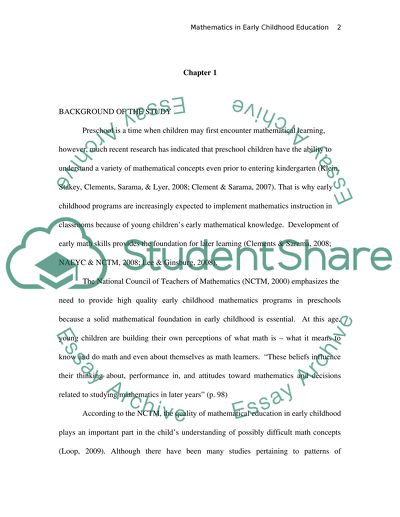Cite this document
(“Mathematics in the Preschool Dissertation Example | Topics and Well Written Essays - 3250 words”, n.d.)
Retrieved de https://studentshare.org/education/1391145-comparing-pre-and-in-service-preschool-teachers
Retrieved de https://studentshare.org/education/1391145-comparing-pre-and-in-service-preschool-teachers
(Mathematics in the Preschool Dissertation Example | Topics and Well Written Essays - 3250 Words)
https://studentshare.org/education/1391145-comparing-pre-and-in-service-preschool-teachers.
https://studentshare.org/education/1391145-comparing-pre-and-in-service-preschool-teachers.
“Mathematics in the Preschool Dissertation Example | Topics and Well Written Essays - 3250 Words”, n.d. https://studentshare.org/education/1391145-comparing-pre-and-in-service-preschool-teachers.


